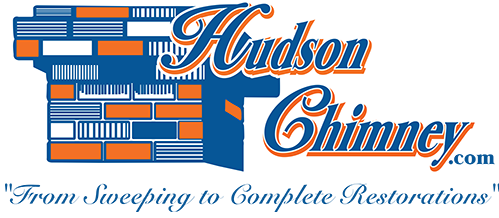Does Your Damper Need to be Replaced or Upgraded?
Your chimney is a complex system of many parts. These parts are constantly working to remove harmful gases and byproducts from your home. If any of these parts become damaged, it can bring down the chimney’s efficiency drastically, affecting the way it vents, and allowing smoke and carbon monoxide into the house. One important part of this system is the damper. Not only does it help to control the flame and assist in starting a fire, but it also keeps the heat from escaping up the chimney. When the damper is in the closed position, it can keep smoke from rising up the chimney as well as the heat, then the smoke goes into the home. This can affect the air quality in your home.
Common Damper Problems
- Improper Seal
Traditional throat dampers can cause issues because they don’t close with a tight seal. They can cost a lot of money in the long run year-round by allowing heat to escape in the winter and allowing warm drafts in the summer. These dampers can also be a pain to repair or replace. A good alternative is to install a top-sealing damper. - Rusted in Place
If a chimney has a leak that has gone unnoticed, the damper can quickly become rusted and become stuck in the place. It becomes an instant fire hazard whether the damper is stuck open or closed. - Partial Close
If the chimney’s throat and the damper become covered in soot, creosote, or other debris, the damper can stop closing properly. This can cause substantial heat loss up the chimney. - Drafts Present in Chimney
If your fire will only light or burn well during periods of high winds, then it’s possible your damper is not functioning properly. A top-sealing damper is a good option if you live in areas where there are high winds.
The Top-Sealing Damper
Hudson Chimney sells two of the most popular top-sealing dampers, the Energy Top and the Energy Top Plus from U.S. Fireplace Products. These dampers not only serve as a damper, but also as a chimney cap, preventing water penetration and downdrafts. They also prevent animals and debris from falling into the chimney through all seasons.
These dampers must stay open while the fire is in use because the tight seal will not allow exhaust to escape the chimney. During the off season the top-sealing damper closes tightly, to keep conditioned air from escaping, saving money throughout the year. They are easy to open and close, with an easily accessible handle.
Finally, a top-sealing damper is simple to install, and requires minimal maintenance. It can be assessed during your annual chimney inspection, but should last the life of your chimney.
Troubleshoot other reasons your chimney may not be working. If problems persist, you should contact a chimney expert at Hudson Chimney today. Call 904-282-4159 or contact us online.
